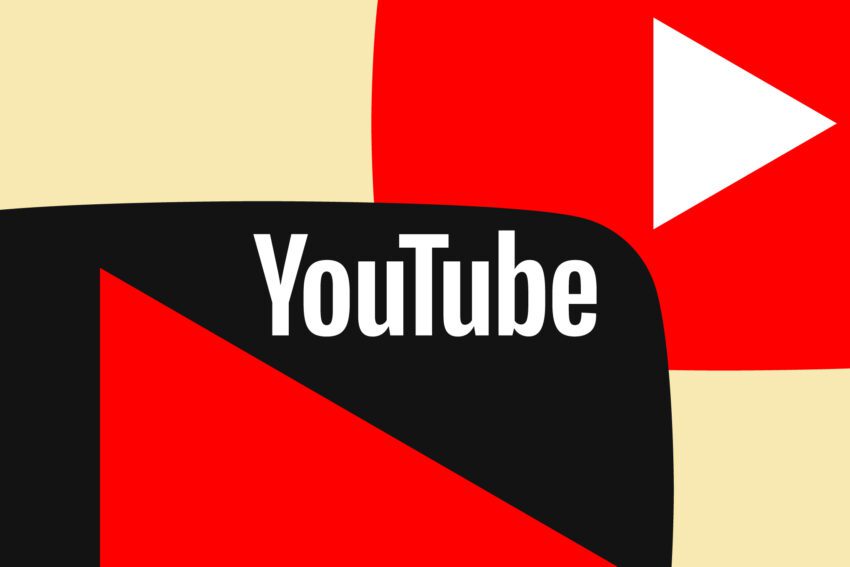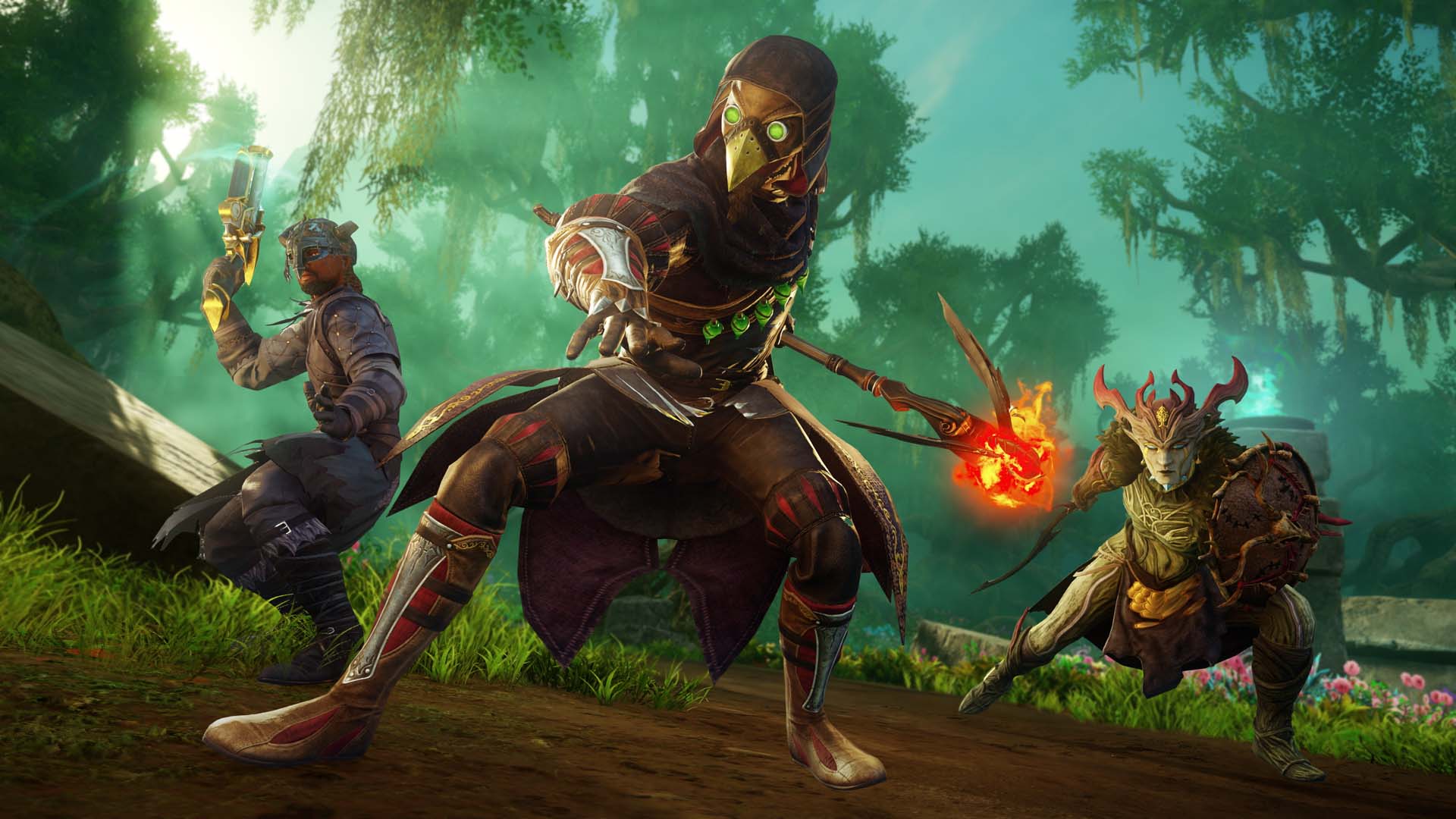
youtube will age-restrict more content showing graphic YouTube has announced a significant update to its content policies, which will impose age restrictions on videos featuring graphic violence in video games.
youtube will age-restrict more content showing graphic
New Policy Overview
On Tuesday, YouTube revealed that it will implement a new policy aimed at age-restricting content that showcases “graphic violence” in video games. This update is set to take effect on November 17th and will specifically target videos that depict “realistic human characters” involved in scenes of “mass violence against non-combatants” or torture. The policy aims to protect younger audiences and ensure a safer viewing environment on the platform.
Details of the Age Restriction
Under the new guidelines, accounts that are under 18 years old, as well as users who are not signed in, will be barred from viewing videos that meet the criteria for graphic violence. YouTube has outlined specific factors that will be considered when determining whether a video should be restricted:
- The length of the graphic scene.
- Whether the violence is zoomed in or the main focus of the scene.
- If the violence is directed at a character that resembles a real human.
This nuanced approach indicates that not all violent content will be treated the same; rather, YouTube will evaluate the context and presentation of the violence before making a decision.
Examples and Clarifications
While YouTube has provided a framework for its new policy, it has not explicitly clarified whether it will apply to well-known games that are often cited for their violent content. For instance, it remains unclear if scenes from games like Grand Theft Auto or the infamous “No Russian” mission from Call of Duty will fall under the new restrictions. YouTube spokesperson Boot Bullwinkle stated that “certain content may be age-restricted if it’s non-fleeting or zoomed in,” suggesting that creators may have some flexibility in how they present violent scenes.
Additionally, Bullwinkle mentioned that creators can take proactive measures to avoid age restrictions by blurring or obscuring violent content. This indicates that YouTube is not entirely against the depiction of violence in video games but is instead focused on how that violence is portrayed and its potential impact on younger viewers.
Context of the Policy Update
This policy update builds upon YouTube’s existing guidelines, which already restrict videos that feature “dramatized violence” focused on torture, severe injuries, or violent deaths involving blood. Previously, the platform made exceptions for video games, allowing creators to showcase violent content as long as it was clearly fictional or animated. The current policy states, “Generally, we do not remove dramatized violence when the content or metadata lets us know that the content is fictional, or when it’s apparent from the content itself, such as with animated content or video games.”
The shift towards stricter regulations reflects a growing concern about the impact of violent media on younger audiences. Research has indicated that exposure to graphic violence can have lasting effects on children and adolescents, including desensitization to violence and increased aggression. By implementing these new restrictions, YouTube aims to create a more responsible platform that prioritizes the well-being of its younger users.
Stakeholder Reactions
The announcement has elicited a range of reactions from various stakeholders, including content creators, parents, and child advocacy groups. Many content creators have expressed concerns about the potential impact of the new policy on their channels. Some fear that the restrictions could limit their creative freedom and reduce their audience engagement, particularly for those who specialize in gaming content.
On the other hand, parents and child advocacy groups have largely welcomed the move, viewing it as a necessary step to protect children from exposure to graphic content. Advocates argue that platforms like YouTube have a responsibility to ensure that their content is suitable for all ages, especially given the increasing prevalence of video games in children’s lives.
Broader Implications for Content Creation
The new policy is not limited to video games; it also encompasses restrictions on directing users to online gambling content involving digital goods, such as video game skins, cosmetics, or NFTs. This aspect of the update is particularly noteworthy, as it reflects a broader trend in the gaming industry towards the monetization of in-game items. YouTube had already taken steps in March to prevent creators from verbally mentioning or displaying online gambling services that are not approved by Google. The platform also began blocking approved online gambling content for users under 18 at that time, and now it plans to extend these restrictions to social casino content as well.
This move aligns with growing concerns regarding the potential risks associated with online gambling, particularly for younger audiences. As the gaming landscape evolves, the lines between gaming and gambling have blurred, with many games incorporating elements that encourage spending real money on virtual items. By restricting access to such content, YouTube aims to mitigate the risks associated with gambling and protect its younger users.
Future of Content Moderation on YouTube
YouTube’s decision to update its policies underscores the platform’s ongoing efforts to adapt to the rapidly changing digital landscape. As new forms of content emerge and societal norms evolve, YouTube is tasked with balancing the interests of content creators with the need to protect its users. The platform has faced criticism in the past for its handling of violent content, and this latest update appears to be a response to those concerns.
As the policy takes effect, it will be crucial for both YouTube and content creators to navigate the challenges that arise from these restrictions. Creators will need to be more mindful of the content they produce, while YouTube will have to ensure that its enforcement mechanisms are transparent and fair. This balance will be essential in maintaining a healthy ecosystem for both creators and viewers.
Conclusion
The upcoming changes to YouTube’s policies regarding graphic violence in video games represent a significant shift in the platform’s approach to content moderation. By implementing age restrictions, YouTube aims to protect younger audiences while still allowing for creative expression among content creators. As the digital landscape continues to evolve, it will be essential for platforms like YouTube to remain vigilant and responsive to the needs of their users.
As the November 17th implementation date approaches, stakeholders will be closely monitoring the impact of these changes on content creation and viewer engagement. The success of this policy will depend on its execution and the willingness of creators to adapt to the new guidelines.
Source: Original report
Was this helpful?
Last Modified: October 29, 2025 at 6:36 am
2 views














